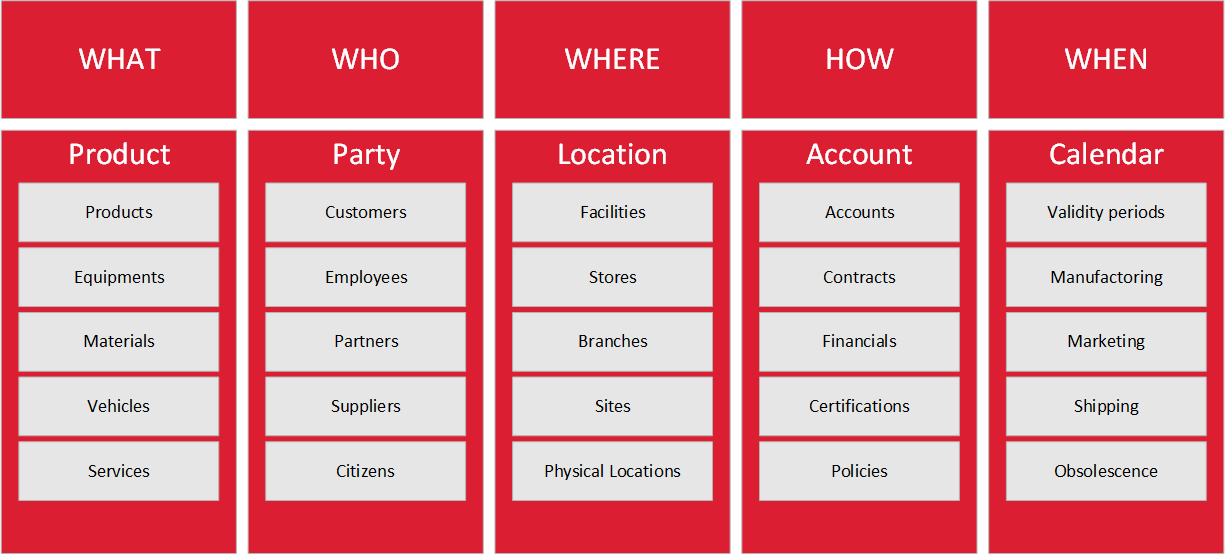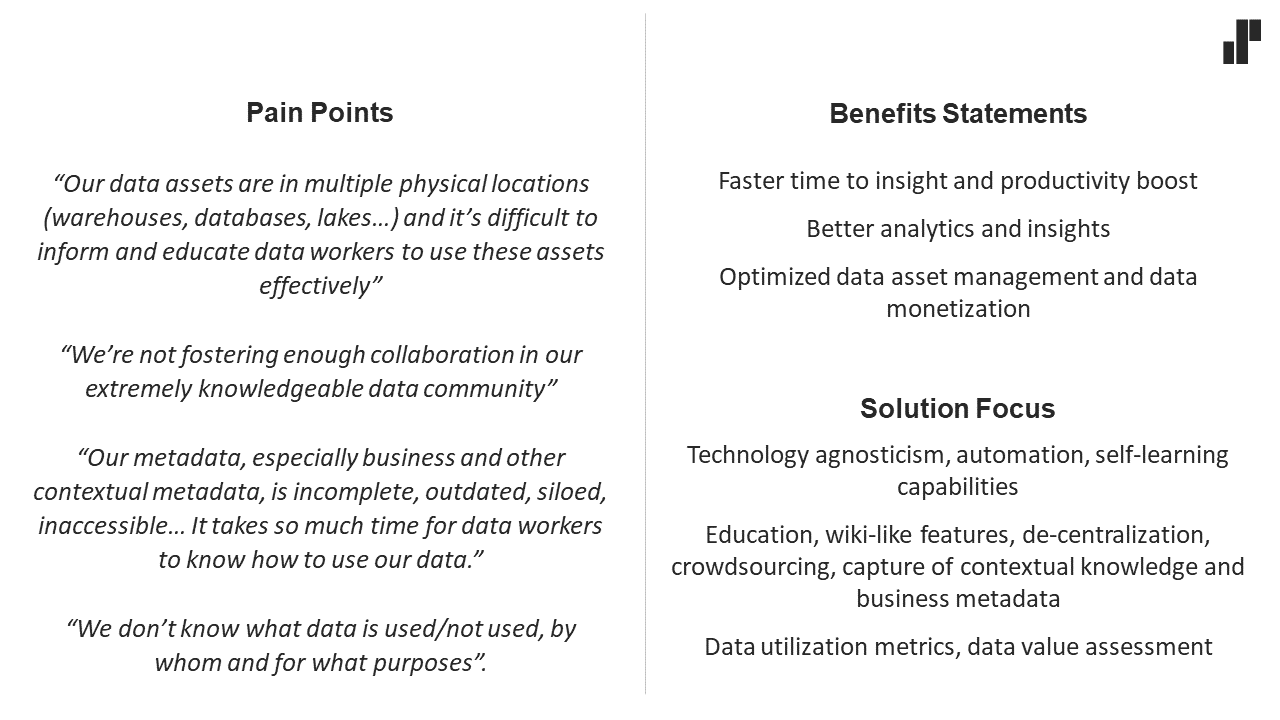
Master Data Management explained
Imagine sending a confidential email to a wrong address, or having factory standing by due to malfunction, or even crashing a rocket into a planet instead of safely reaching its orbit. All of these cases are real life examples caused by the poor master data quality. In the first case the problem was in the customer data containing erroneous address for person. The second case was caused by poor master data regarding factory maintenance schedule. The third case happened due to invalid reference data of metrics used. The saying “devil is in the detail” applies really well in the world of master data. Those seemingly small issues will quickly grow into major problems impacting the whole business. Most of these data quality related issues would have been easily avoided by a proper master data management.
But what exactly is master data and how it should be managed? This blog series dives into the world of master data management: What is it, why it is important, and how it should be executed. But before going too deep into technical detail, let’s start by defining what could be considered as master data. There are various definitions for the term and none of those is absolute. One definition could be that master data can be seen as the data describing the most relevant business entities, on which the activities of an organization are based on. But what are those entities?
Each industry has its own master data requirements and characteristics, but there can be total of five common core master data domains identified:
- Product (What): All master data related to e.g. products, services, or assets offered or owned by the organization. This domain can vary a lot depending on the industry.
- Party (Who): Domain consisting of all business partner related master data such as customers, suppliers, distributors, employees or citizens. It can be either person or organization, and contains e.g. name, party identifier and contact details.
- Location (Where): Master data regarding places, sites and regions. Sales territories, cities, offices and production facilities are examples of locations.
- Account (How): Explains how parties are related to each other and to the things offered by organizations. It contains data such as accounts, financials, agreements, contracts and other relationships between entities.
- Calendar (When): Time domain of master data containing e.g. validity periods and schedules associated with e.g. creation, marketing, shipping, and obsolescence of products. This is the most ambiguous domain since the time dimension can also be seen as part of the life-cycle management of other domains.

Master data also has some special characteristics compared to other types of data:
- Master data always describes the basic characteristics of entities in the real world.
- Master data has relatively long lifecycle.
- Transaction volumes do not directly affect the amount of master data.
- Master data can exist without transaction data, but not vice versa.
Now that there is a clear picture about what master data is, we can define what is master data management. There are plenty of different definitions for the term master data management (MDM). I would define MDM as a method of enabling organization to create a unified view of its core data. The focus of MDM is to create an integrated, accurate, timely, and complete set of data needed to manage and grow the business. The goal of master data management can be summarized into these three objectives [1]:
- Provide a consistent understanding and trust of master data entities
- Provide a mechanism for consistent use of master data across the organization
- Accommodate and manage change
The Zachman Framework for Enterprise Architecture [2] defines six categories of enterprise architecture components. Interestingly, the core basic master data domains share similar categories of Who, What, Where, How and When. The remaining category is “Why”, and it should definitely be taken into concern when thinking about master data management. The “Why” dimension can be seen as reasoning behind the whole master data management initiative. This is the part where most of the MDM initiatives fail when business is not being involved. This being said, the next part of the MDM blog series will open more the “Why” of master data management.
“Without a systematic way to start and keep data clean, bad data will happen.” — Donato Diorio
REFERENCES:
[1] Dreibelbis, A., Hechler, E., Milman, I., Oberhofer, M., van Run, P., & Wolfson, D. (2008). Enterprise master data management: an SOA approach to managing core information. Pearson Education.
[2] Zachman, J. (2006). The zachman framework for enterprise architecture (pp. 1-15). Virginia: Zachman Framework Associates.

